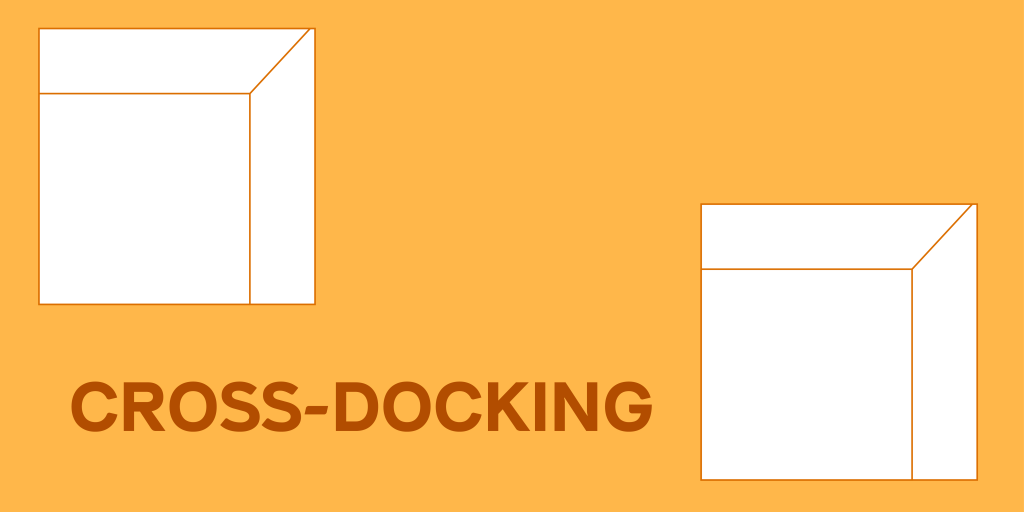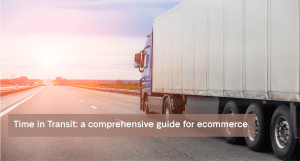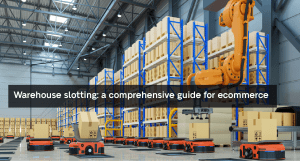Cross-docking is a logistics strategy designed to speed up product delivery by directly moving products from inbound to outbound carriers at a distribution centre. In this way, the need for storage can be minimised or entirely bypassed. In fact, this method cuts the time products are stored in warehouses and therefore reduces handling, as well as inventory expenses, making it an effective strategy for businesses that aim to enhance their supply chain processes by allocating resources more effectively.
How does cross-docking work?
Many businesses opt for cross-docking operations at facilities that are strategically located near key transport nodes, like seaports and airports, where there are inbound docks on one side and outbound docks on the other. In this way, numerous vehicles can access the docks simultaneously while the distance between receiving and dispatching goods within the facility is reduced.
Pre-distribution cross-docking
With this method, suppliers assign each product to the final recipient or location before dispatching bulk shipments to a distribution centre. When products reach the centre, they are immediately unloaded, sorted, and loaded onto outbound transport means to minimise storage requirements. It is used when retailers and manufacturers already know how much inventory each store or customer needs.
Post-distribution cross-docking
This method involves temporarily storing items at the facility until their final destination is assigned. Then, they are loaded for delivery. It is used to allow suppliers to gain additional time to decide the best destinations for their goods, based on demand.
Perishable goods and cross-docking
Supermarkets frequently use this method for perishable goods. In fact, the transport process of food from producers to stores is faster. Fresh products from farms can be sorted more quickly and assembled into new shipments for delivery to individual retail locations.
Consolidation cross-docking
This process involves merging several smaller incoming shipments into one larger outbound shipment. The objective is to cut down on shipping costs, as transporting a single large load is cheaper than sending out several smaller shipments. This method differs from continuous cross-docking because it requires temporary storage of goods at the facility until enough shipments are gathered for a complete truckload for deliveries. Companies can effectively monitor and automate tasks such as inventory reception and management, as well as coordination with partners in the supply chain using an inventory management system.
Deconsolidation cross-docking
This method is the opposite of consolidation cross-docking. It involves dividing a large incoming shipment into several smaller ones at the facility for delivery to final customers. Retail chains frequently receive bulk shipments from suppliers and then split them into smaller ones for distribution.
Advantages
- Inventory handling cost reduction: it lowers costs associated with inventory handling, warehousing and labour because it reduces or completely eliminates storage.
- Improved inventory management: real-time supply can be aligned with demand, reducing excess or shortages of stock situations.
- Faster order fulfillment: it leads to quicker and more accurate deliveries because products can be immediately sorted based on customer demand.
Conclusion
Cross-docking is an effective logistics method for businesses that want to improve product delivery and enhance supply chain efficiency. When combined with advanced tracking and WMS technology, companies can achieve the necessary control over their inbound and outbound operations, managing complex operations efficiently.





